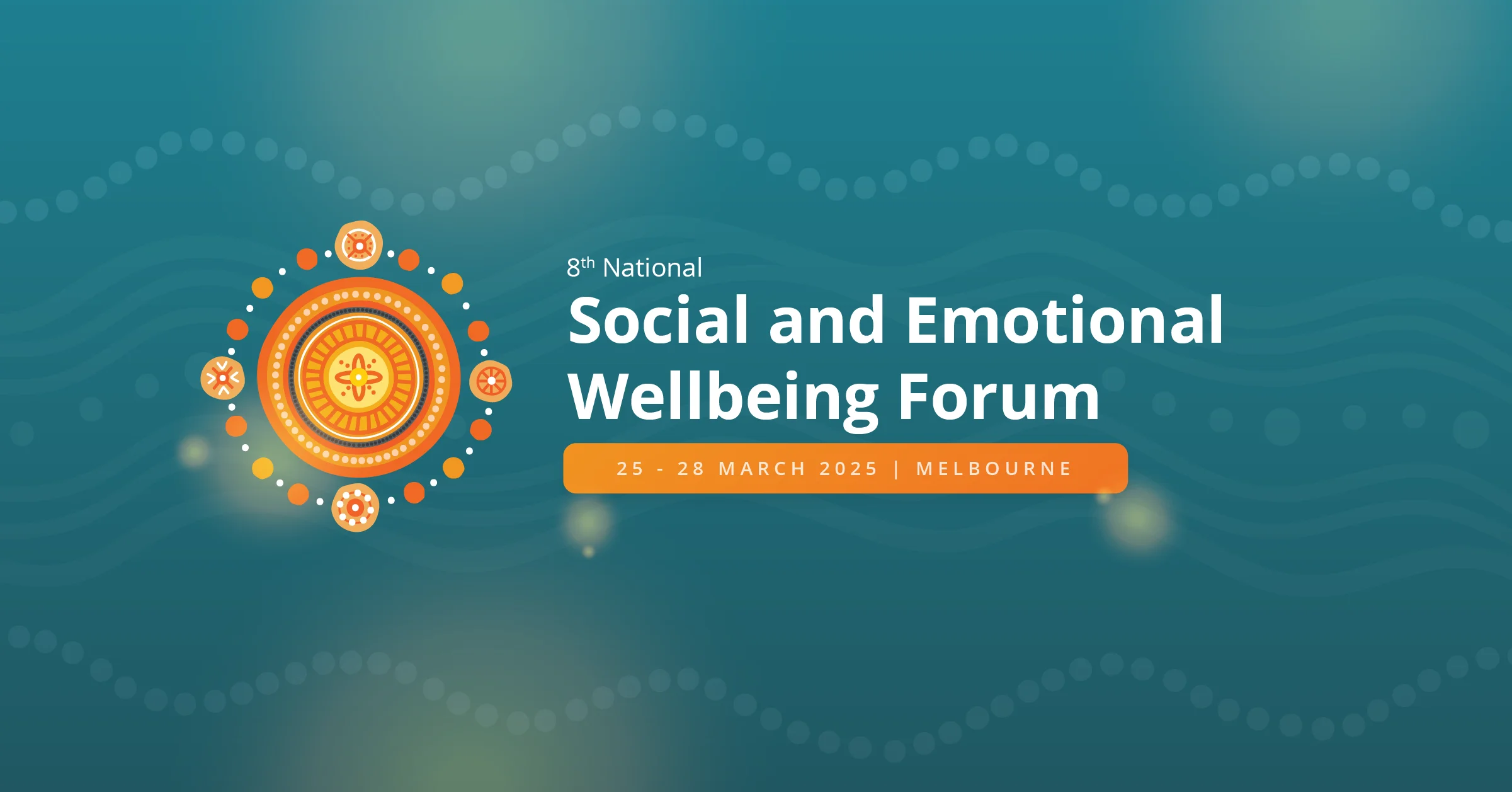Social Impact Investments (SII) are an innovative and growing mechanism for funding solutions to complex social problems, including housing and homelessness policy, says a new report released by the Australian Housing and Urban Research Institute (AHURI).
In 2013 alone, an estimated A$2 billion was invested in Australian SIIs, and this has been estimated to grow to as much as A$32 billion in the 2020s.
The report, The opportunities, risks and possibilities of social impact investment for housing and homelessness, led by the Centre for Social Impact (CSI) at UNSW Sydney reveals that social impact investment, although in its infancy in Australia, shows potential to be an effective way of tackling complex social issues.
In Australia, we know that more than one million Australians are facing housing stress, spending more than 30 per cent of their gross income on housing costs, and we know that, on any given night in Australia, around one in 200 people are homeless, with that figure worsening for young people or Indigenous Australians.
Social impact investment aims to achieve both a social and financial return. It is a cross-sectoral collaboration that can untap new sources of capital (through different types of investors) and enhance the return on government investment.
The report reveals three key areas of opportunity in terms of their potential impact and likelihood of success. Under certain conditions, social impact investing has the potential to: significantly increase the supply of affordable housing with attractive attributes significantly increase the supply of fit-for-purpose social housing and support other positive outcomes act as an incubator for government to trial innovative and new ways of providing services that effectively deliver desired outcomes.
SII has been used successfully overseas to address housing issues and the research examines three primary models of SII, all of which had supportive and stable public policy, combined with active government support.
The models are: 1. Investment funds that finance property (e.g. the bond aggregator model, low income housing tax credits) 2. Social enterprises which generate a profit to reinvest in affordable housing or homelessness support services (e.g. some community housing providers) 3. Social impact bonds which are a pay-for-performance instrument where government pays on the basis of outcomes achieved).
Report author and study lead, Centre for Social Impact CEO Professor Kristy Muir said that the opportunities and benefits were exciting and needed further exploring, but it was important not to treat it as a panacea, as there are also numerous risks.
‘The very definition of a social impact investment is one that intentionally aims to achieve social impact along with a financial return, while measuring the achievement of both. It’s an appealing model. But it’s important to remember that we are dealing with people’s lives,” said Professor Muir.
“Our most vulnerable have complex needs, and we need to be careful we’re not paving the way for future harm if the investments don’t work out. This is one of the key reasons why government has an important role.
“For both social and affordable housing, there exists a significant financing gap. Government has a critical role in filling it if it wishes to engage the investment community in collaborating and contributing to solutions,’ said Professor Muir. ‘Where we can see that SII has a role to play, other funding solutions and policy interventions will need to run in parallel. These are safeguards that need to be in place in order to minimise that risk to our most vulnerable Australians.”












